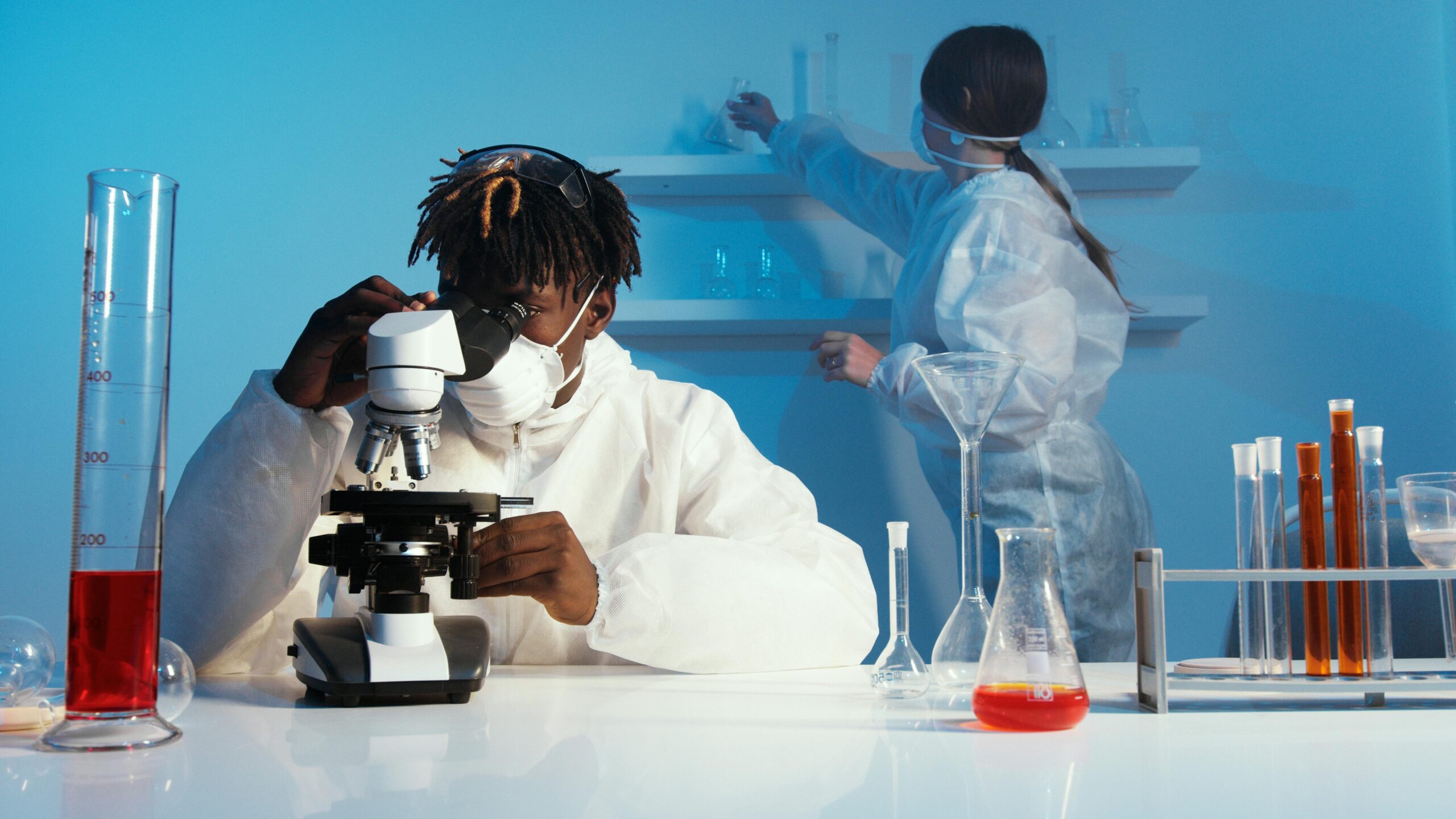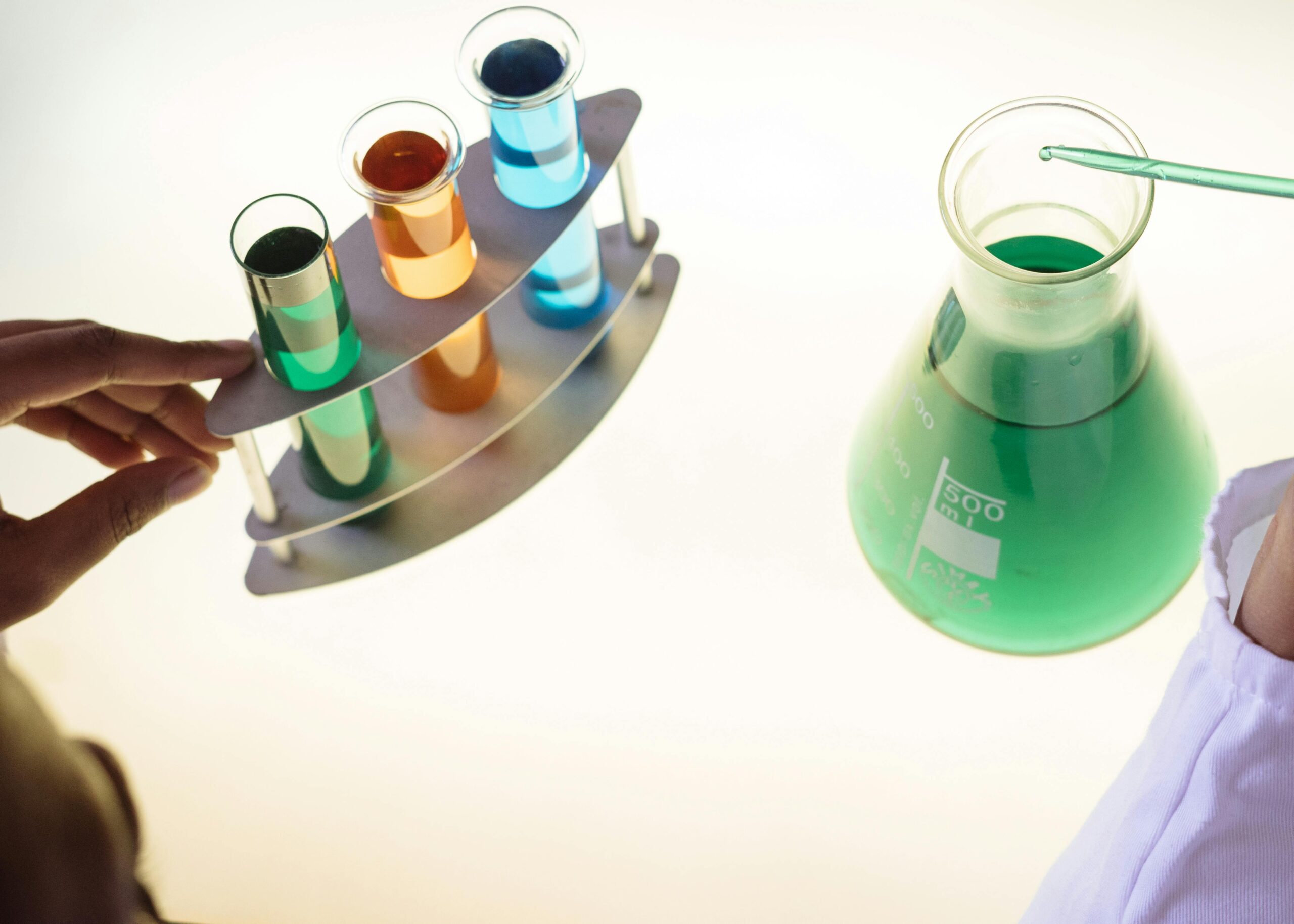
Think of bioprinting as a 3D printer for living cells. Instead of ink cartridges, these printers use bioinks, a combination of living cells and supporting materials, to build complex structures layer by layer. These structures can then develop into functional tissues, potentially offering solutions for a range of medical challenges.
How does this bioprinting work?
There are several techniques, each with its own strengths and applications:
- Inkjet bioprinting: Picture a tiny inkjet printer spitting out cells instead of ink. This method precisely deposits individual cells onto a platform, allowing for intricate designs.
- Extrusion bioprinting: Imagine a toothpaste tube filled with bioink. In this technique, the bioink is continuously extruded through a nozzle, building up layer by layer to form the desired structure.
- Laser-assisted bioprinting: This method uses lasers to arrange cells precisely, offering high resolution and the ability to create complex 3D structures.
Examples
These are just a few examples, and the field of bioprinting is constantly evolving.
- Tissue engineering: Bioprinting opens doors to creating replacement tissues for organs like skin, heart, and even bones. This could revolutionize transplant surgeries, offering hope to patients waiting for donor organs.
- Drug discovery: Bioprinted tissues can be used to test new drugs, allowing scientists to study their effects on human cells in a more realistic environment than traditional methods.
- Personalized medicine: Bioprinting could pave the way for creating customized tissues based on a patient’s own cells, leading to more effective and personalized treatments.
Medical Milestones with Bioprinting: A Glimpse into the Future
Bioprinting has already achieved significant milestones that pave the way for a future filled with transformative medical applications. Let’s delve into some of these groundbreaking achievements:
1. Pioneering Tissue Engineering:
- Skin Grafts: Bioprinted skin grafts have been successfully transplanted onto patients with burns or other skin injuries, offering faster healing and improved functionality compared to traditional methods.
- Cartilage Repair: Researchers have bioprinted cartilage structures that mimic the natural tissue, offering hope for treating conditions like osteoarthritis and sports injuries.
- Bone Regeneration: Bioprinted scaffolds seeded with stem cells have shown promise in promoting bone regeneration, potentially aiding in treating fractures and bone defects.
2. Personalized Medicine Revolution:
- Bioprinting with Patient-Specific Cells: Scientists are now able to utilize a patient’s own cells to create bioprinted tissues, reducing the risk of rejection and offering personalized treatment options.
- Drug Testing with Bioprinted Tissues: Bioprinted tissues can be used to test the efficacy and safety of new drugs in a more realistic and personalized setting, potentially accelerating drug development.
- Bioprinting for Organ Transplantation: While still in its early stages, research is ongoing towards bioprinting complex organs like kidneys and livers, offering a potential solution to the critical organ shortage faced in transplantation.
3. Advancing Medical Research:
- Bioprinted Disease Models: Bioprinting allows researchers to create complex disease models that mimic human tissues and diseases, facilitating the development of new diagnostic tools and treatment strategies.
- Personalized Cancer Treatment: Bioprinted tumor models derived from a patient’s own cancer cells can be used to test personalized treatment options, leading to more effective and targeted therapies.
- Drug Discovery and Development: Bioprinted tissues offer a valuable platform for drug discovery and development, allowing for faster and more efficient testing of new drugs and therapies.
The main bioprinting techniques:
Bioprinting, the exciting realm of 3D printing with living cells, utilizes various techniques to create complex structures for diverse applications. Here’s a breakdown of the main bioprinting techniques:
1. Inkjet Bioprinting:
- Imagine a tiny inkjet printer: This technique works similarly, precisely depositing individual cells onto a platform using a printhead.
- Strengths: Offers high resolution and accuracy, allowing for intricate designs.
- Weaknesses: Limited cell viability due to the high pressure used, and requires specialized equipment.
2. Extrusion Bioprinting:
- Think of a toothpaste tube: This method continuously extrudes bioink, a combination of cells and supporting materials, through a nozzle, building structures layer by layer.
- Strengths: Versatile and cost-effective, capable of handling various bioink viscosities.
- Weaknesses: Lower resolution compared to inkjet, and may require additional support structures to maintain the printed shape.
3. Laser-assisted Bioprinting:
- Harnessing the power of lasers: This technique uses lasers to precisely arrange cells within a bioink solution, enabling the creation of complex 3D structures.
- Strengths: Offers high resolution and biocompatibility, ideal for intricate designs.
- Weaknesses: Expensive and requires specialized expertise, with a limited throughput compared to other methods.
4. Scaffold-based Bioprinting:
- Building with a foundation: This method utilizes pre-designed scaffolds, often made from synthetic or natural materials, to support and guide cell growth within the desired shape.
- Strengths: Provides structural stability for complex tissues and allows for controlled cell organization.
- Weaknesses: Requires an additional scaffold fabrication process, and the scaffold itself may limit cell viability and functionality within the structure.
A Comparison Table Bioprinting Techniques:
| Technique | Description | Pros | Cons |
|---|---|---|---|
| Inkjet Bioprinting | Precisely deposits individual cells using a printhead | – High resolution and accuracy – Suitable for complex designs | – Limited cell viability due to high pressure – Requires specialized equipment |
| Extrusion Bioprinting | Continuously extrudes bioink through a nozzle, building structures layer-by-layer | – Versatile and cost-effective – Can handle various bioink viscosities | – Lower resolution compared to inkjet – May require additional support structures |
| Laser-assisted Bioprinting | Uses lasers to arrange cells precisely in a bioink solution | – High resolution and biocompatibility – Enables creation of complex 3D structures | – Expensive and requires specialized expertise – Limited throughput compared to other methods |
| Scaffold-based Bioprinting | Utilizes pre-designed scaffolds to support and guide cell growth | – Offers structural stability for complex tissues – Allows for controlled cell organization | – Requires additional scaffold fabrication process – May limit cell viability and functionality within the scaffold |
Choosing the Right Technique:
The selection of a bioprinting technique depends on various factors, including:
- Desired resolution: For intricate designs, inkjet or laser-assisted techniques might be preferred.
- Bioink compatibility: The chosen technique needs to work effectively with the specific bioink properties.
- Tissue complexity: Complex tissues may require techniques like scaffold-based bioprinting for added support.
Beyond the Techniques:
Bioprinting success extends beyond just the chosen technique. Bioink development plays a crucial role, requiring materials that support cell viability and functionality. Additionally, integrating bioprinting with other technologies like bioreactors can further enhance the process by providing a controlled environment for tissue maturation.
Conclusion
Bioprinting offers a revolutionary approach to creating complex tissues, holding immense potential for various medical applications. While each technique like inkjet, extrusion, laser-assisted, and scaffold-based bioprinting offers unique advantages and drawbacks, the choice depends on factors like desired resolution, bioink compatibility, and tissue complexity. Ongoing advancements in bioink development and integration with other technologies are pushing the boundaries of this field, paving the way for a future where bioprinting transforms healthcare and improves lives.
References
1. Scientific Articles:
- “Bioprinting: Applications and challenges” by Atala, A. & Yoo, J. J. (2018). https://pubmed.ncbi.nlm.nih.gov/25476164/
- “Laser-assisted bioprinting for creating complex tissue engineering scaffolds” by Melche E, et al. (2010). https://edoc.mdc-berlin.de/view/journals/Tissue_Engineering_Part_C_Methods.html
- “Inkjet printing of viable human skin cells” by Xu T, et al. (2006). http://schen.ucsd.edu/lab/papers/paper82.pdf
2. Reputable Organizations:
- National Institutes of Health (NIH): https://ncats.nih.gov/research/research-activities/bioprinting
- The Wyss Institute at Harvard University: https://wyss.harvard.edu/
- The Mayo Clinic: https://www.jaxdailyrecord.com/news/2022/sep/16/mayo-clinic-3d-printing-organ-replacements/
3. Educational Websites:
- 3D Hubs: https://www.hubs.com/manufacture/
- Bioprinting.com: https://www.ncbi.nlm.nih.gov/pmc/articles/PMC9088731/
- MIT Technology Review: https://pubs.rsc.org/en/content/articlehtml/2022/bm/d2bm00797e
FAQs
1. What is bioprinting currently used for?
Bioprinting is still in its early stages, but it’s already showing promise in various areas:
Tissue engineering: Creating replacement tissues for skin, cartilage, and even bones, offering hope for patients with injuries or diseases.
Drug discovery: Testing new drugs on bioprinted tissues, allowing for more realistic and personalized drug development.
Research: Studying diseases and developing new therapies using bioprinted models that mimic human tissues.
2. What is the biggest challenge facing bioprinting?
Developing bioinks that can fully support long-term cell viability and functionality within the printed structures remains a significant challenge. Additionally, creating complex organs with vascular networks and proper functionality is still an ongoing area of research.
3. What is the future of bioprinting?
The future of bioprinting holds immense potential for revolutionizing healthcare:
Personalized medicine: Bioprinting tissues from a patient’s own cells could lead to customized treatments and reduced risk of rejection.
Organ transplantation: Bioprinting complex organs like kidneys and livers could address the critical organ shortage faced in transplantation.
Advanced disease modeling: Bioprinted models could provide more accurate platforms for studying diseases and developing new therapies.
4. What are the basics of bioprinting?
Bioprinting works like 3D printing, but instead of ink, it uses bioinks containing living cells and supporting materials. These bioinks are deposited layer by layer to create complex structures that can develop into functional tissues. Different techniques like inkjet, extrusion, and laser-assisted bioprinting are used depending on the desired application and the complexity of the tissue.







